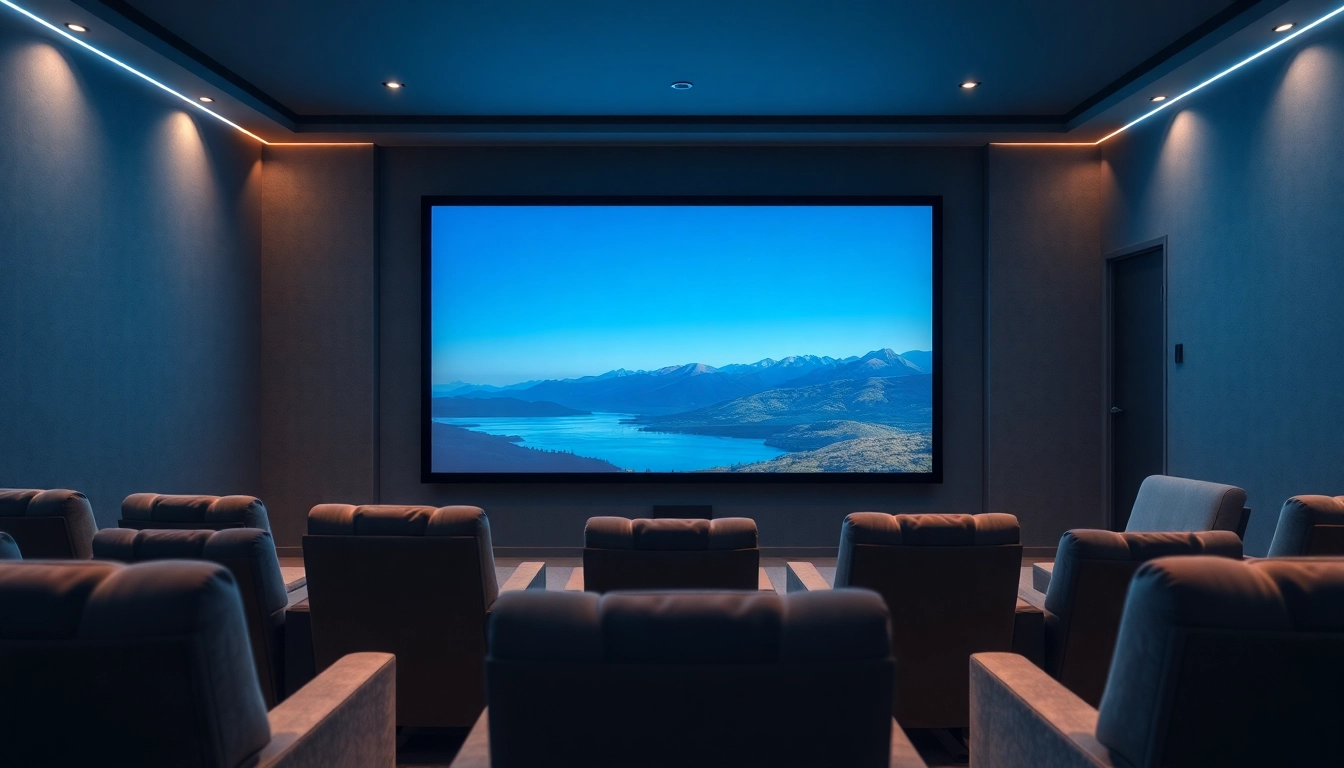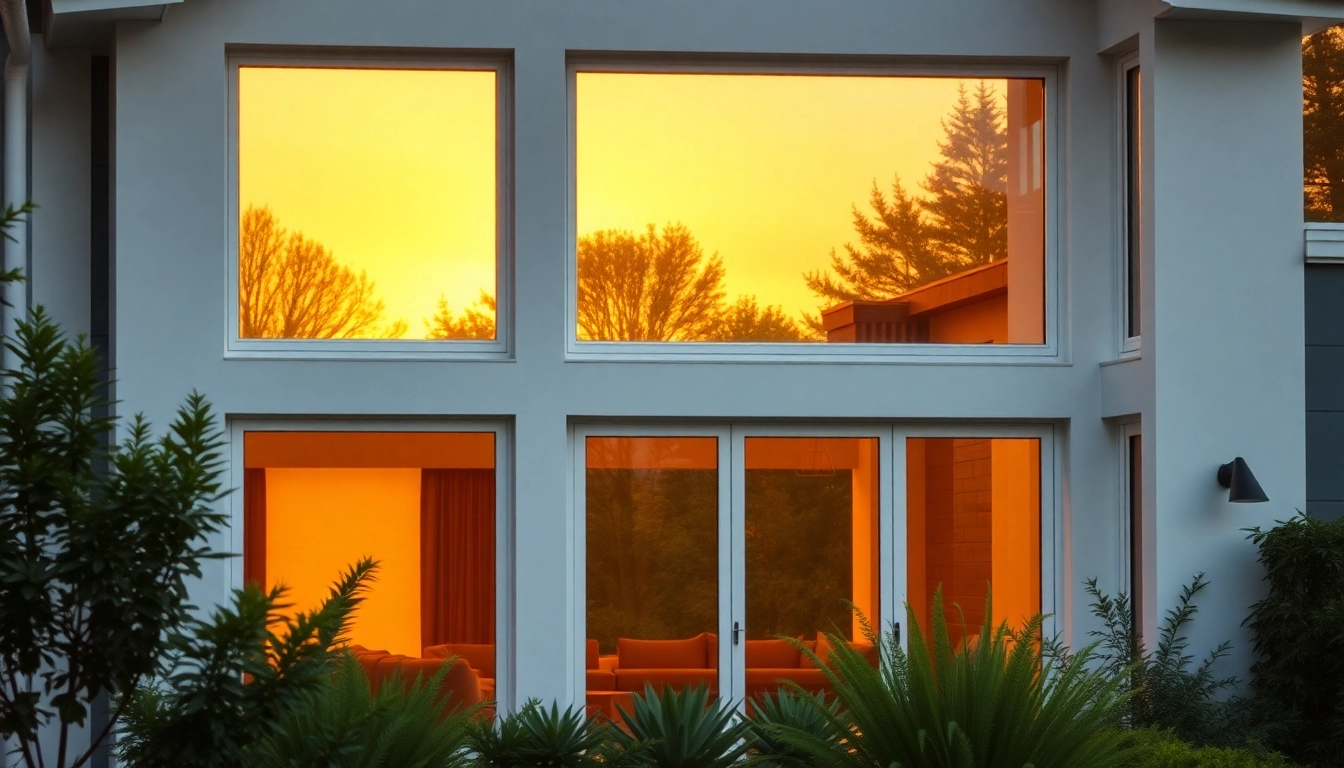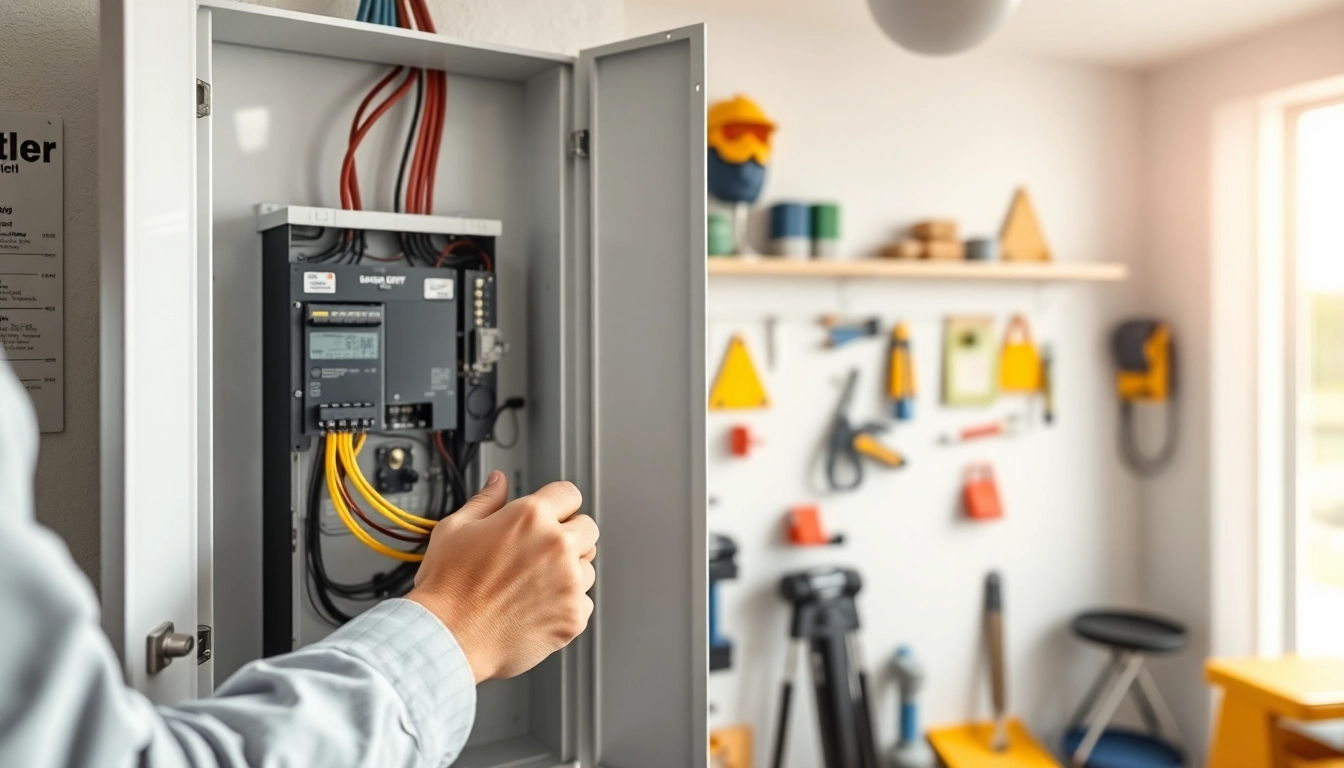Introduction to Fixed Frame Projection Screen
As the world transitions toward ever more immersive visual experiences, the Fixed Frame Projection Screen has emerged as a vital component for both commercial and home theater setups. Aligning with the demands of today’s audiovisual consumers, these screens are specifically crafted to deliver high-quality projections while elevating aesthetics. In this extensive guide, we will delve into the various facets of fixed frame projection screens, including their benefits, installation methods, maintenance, and the differences between various screen types.
What is a Fixed Frame Projection Screen?
A fixed frame projection screen is a type of screen that is permanently affixed to a wall and remains taut and flat. This design contrasts with portable or retractable screens that can be moved or stored away. Fixed frame projection screens are often encased in a sturdy aluminum or wooden frame, which not only adds rigidity but also enhances the viewing experience by removing any ripples or bumps typical with portable screens.
These screens are available in numerous materials to accommodate different projection technologies, such as LCD and DLP, which can significantly impact the perceived quality of the projection. Their fixed nature makes them particularly appealing for professional environments, dedicated home theaters, and other spaces where a permanent solution is required.
Benefits of Using a Fixed Frame Projection Screen
- Enhanced Visuals: The taut surface of a fixed frame screen minimizes image distortion, ensuring that the projected visuals retain their sharpness and color accuracy. This can dramatically enhance the cinematic experience during movie screenings or presentations.
- Consistency in Performance: Unlike portable screens that may sag or wrinkle, fixed frame screens are designed to maintain tension over time, providing reliable performance with consistent image quality.
- Aesthetic Appeal: Many fixed frame projection screens come with aesthetically pleasing frames in various colors and finishes, allowing homeowners and businesses to integrate them seamlessly into existing décor.
- Durability: Built from robust materials, these screens are designed to last longer than portable alternatives, minimizing the need for replacements or repairs.
- Ideal for Large Presentations: Fixed frame screens are often larger than their portable counterparts, making them suitable for larger spaces where the audience needs to see the projection from various angles without compromising image quality.
Ideal Settings for Fixed Frame Projection Screens
Fixed frame projection screens are ideal for a variety of settings, including:
- Home Theaters: Creating a dedicated home theater space involves a careful selection of audio-visual components, and a fixed frame screen forms the backbone of this setup.
- Commercial Spaces: Conference rooms and presentation areas where consistent quality is paramount can greatly benefit from fixed frame screens.
- Museums and Galleries: For spaces that need to display information or art installations, the image quality and durability of fixed frame screens make them suitable choices.
- Classrooms: Educational institutions looking for a reliable and high-quality way to display multimedia presentations can utilize fixed frame screens to enhance learning.
Types of Fixed Frame Projection Screen
Different Materials Used in Fixed Frame Projection Screens
The choice of screen material significantly influences the overall viewing experience. Here are some commonly used materials:
- Matte White: This is among the most popular materials due to its ability to provide a wide viewing angle and excellent color presentation. It is versatile for both high and low-light environments.
- High Gain: Designed to reflect more light towards the audience, high-gain screens are perfect for bright presentations, but can narrow the viewing angle, making them less effective in broad seating arrangements.
- Gray Screens: These screens improve contrast and darken blacks, making them an ideal choice for environments with ambient light interference.
- Ultra-Short Throw Material: This material is specifically designed for ultra-short throw projectors, allowing for projection from very close distances without compromising image quality.
Varieties of Frame Designs Available
Different frame styles can also affect performance and aesthetics:
- Flat Frames: These simple frames offer a clean look and are ideal for most setups.
- Curved Frames: Used primarily in large home theaters, these frames can enhance viewing angles and reduce unwanted reflections.
- Bezel-free Designs: Such designs eliminate the visible frame borders, providing a near-seamless viewing experience, especially beneficial for edge blending in multi-screen configurations.
- Velvet-Covered Frames: Typically used to absorb stray light, they help to enhance contrast and provide a premium look.
Choosing the Right Size for Your Space
Choosing the right size fixed frame projection screen is critical for an optimal viewing experience:
- Room Size: The size of the room will dictate the appropriate screen size. A general rule of thumb is to ensure that viewers can comfortably sit at a distance of 1.5 to 2 times the screen’s diagonal size.
- Aspect Ratio: Typical projection screen aspect ratios include 16:9 for modern HD content, 4:3 for traditional presentations, and 2.35:1 for cinema experiences. Choose the aspect ratio that best fits your primary usage.
- Ceiling Height: Ensure your chosen screen does not interfere with existing installations and can be viewed from all seating positions without obstruction.
Installation Guidelines for Fixed Frame Projection Screen
Tools Required for Installation
Proper installation of a fixed frame projection screen requires several tools:
- Measurement tape
- Level
- Drill and appropriate drill bits
- Screwdriver
- Stud finder
- Anchors or wall fasteners (depending on the weight)
- Helper (recommended for larger screens)
Step-by-Step Installation Process
- Begin by finding the optimal position for your fixed frame projection screen, considering the viewing distance and room layout.
- Using a stud finder, locate the wall studs. Mark the positions where the screen will be mounted.
- Measure the width of the frame to establish where the top edge will align. Use a level to mark a straight line across the desired mounting area.
- Prepare the mounting hardware according to the manufacturer’s specifications, ensuring all components are included.
- Secure the frame to the marked wall area using screws and anchors, ensuring it is level and correctly aligned.
- Attach the projection screen to the frame as per the manufacturer’s instructions, taking care to ensure it is taut and free from any wrinkles.
- Perform final checks by projecting an image onto the screen to confirm proper placement and adjust as necessary.
Common Mistakes to Avoid During Installation
While installing a fixed frame projection screen may seem straightforward, several common pitfalls should be avoided:
- Ignoring Wall Type: Failure to consider wall type can lead to improper mounting and screen droop. Always use appropriate anchors and mounts for the wall material.
- Inaccurate Measurements: Double-check all measurements before cutting or drilling, as even small errors can lead to misalignment.
- Neglecting Ambient Light Sources: Consider lighting sources that could cause reflection or distraction. Ideally, the screen should be placed where ambient light can be controlled.
- Choosing the Wrong Height: Ensure that the screen is at an appropriate eye level for seating positions to ensure everyone has a good view.
Maintenance Tips for Fixed Frame Projection Screen
Cleaning and Care for Different Screen Materials
To maintain the best performance and aesthetics of your fixed frame projection screen, regular cleaning is essential. Below are some tips:
- Matte White Screens: Use a soft, lint-free cloth and a mild soap solution. Avoid using harsh chemicals that may damage the screen surface.
- Gray and High Gain Screens: Gently vacuum using a brush attachment or use a soft cloth. Take care not to rub too hard to prevent scratches.
- Avoid Water Damage: Direct water exposure can damage the screen. Always use damp cloths rather than soaking them.
- Frequent Checks: Regularly check for signs of wear and tear, addressing issues like sagging or detachment quickly.
Troubleshooting Common Issues
Despite regular maintenance, you may encounter common issues with your fixed frame projection screen:
- Wrinkles or Creases: Light creases can often be removed by simply stretching the fabric. For stubborn wrinkles, gently steaming may help.
- Distortion in Image Quality: Ensure that the screen is not damaged and that the projector is properly aligned. Adjust the projection settings if necessary.
- Dust Accumulation: Scheduled cleaning will aid in preventing dust build-up, which can negatively impact image quality.
Extended Lifespan Techniques for Your Screen
To maximize the duration of your fixed frame projection screen, consider these techniques:
- Limit Exposure to Sunlight: When possible, keep the screen out of direct sunlight to reduce fading and degradation of the material.
- Controlled Environment: If feasible, place the screen in a temperature-controlled room to avoid fluctuations that may lead to warping or material fatigue.
- Regular Checks: Carry out periodic inspections to detect issues before they become significant problems.
- Invest in Quality: Choose high-quality brands and manufacturers to ensure longevity and reliability.
Conclusion: Making the Best Choice with Fixed Frame Projection Screen
Comparing Fixed Frame Projection Screen to Other Types
When weighing the options for projection screens, it’s essential to consider all available configurations:
- Transportable Screens: While portable options offer flexibility, they often compromise on image quality and require consistent effort to set up.
- Manual and Electric Screens: These options often involve more complexities in terms of installation and maintenance, while fixed frames serve as a permanent solution.
- Comparison of Cost: While fixed frame screens might have higher upfront costs, their longevity and quality may provide better value in the long term.
Tips for Purchasing the Right Screen
When embarking on the journey to purchase a fixed frame projection screen, consider the following tips:
- Evaluate Space Requirements: Measure your space carefully and account for optimal viewing distance.
- Consider Projection Type: Choose a screen that matches the type of projector used, whether DLP, LCD, or another technology.
- Set a Budget: Calculate how much you’re willing to invest and stick to high-quality options within that range.
- Research Reviews: Read consumer reviews and expert opinions to assess various brands and models.
Final Thoughts on Enjoying Cinematic Experiences at Home
In conclusion, a Fixed Frame Projection Screen offers an unparalleled experience for those looking to enhance their visual entertainment options, whether at home or in professional settings. Embracing the distinct advantages they provide, along with proper selection, installation, and maintenance, can lead to the creation of a truly immersive viewing space. As technology continues to evolve, investing in high-quality equipment like fixed frame screens will ensure that you’re prepared for whatever advancements come next.



